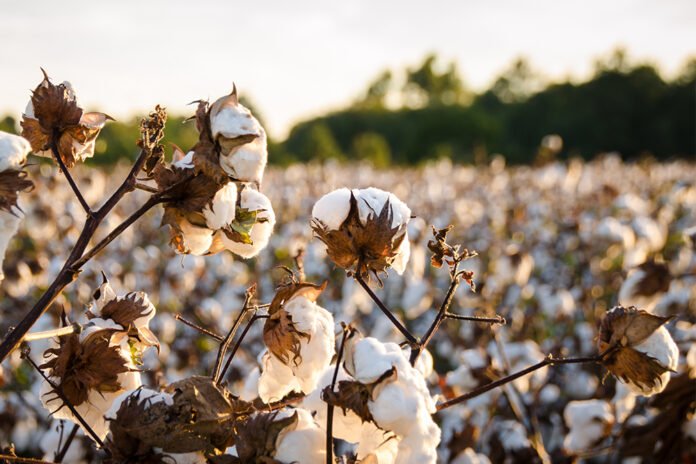Cotton farmers are increasingly adopting cultivation techniques that reduce carbon print as they fear losing substantial market share to the European Union’s Circulatory Doctrine that according to a study lower environmental impact 70 times more than new materials.
A new report from the International Institute for Sustainable Development (IISD) highlights the continuing year-on-year rise in the adoption of voluntary sustainability standards (VSS) among cotton growers. The global trend is attributed to increased demand and awareness among end consumers, alongside the eagerness of brands to burnish their sustainability credentials. IISD also highlights steady growth for the global cotton market after the uncertainty ushered in by the pandemic.
Another study commissioned by an arm of the European Recycling Industries Confederation (EuRIC) has estimated that the environmental impact of sorting and reusing garments is 70 times lower than manufacturing new ones.
Lifecycle assessments (LCAs) were conducted on virgin and secondhand t-shirts of three compositions to understand their associated emissions and water requirements, highlighting that the production of new fibers and garments are key contributors to an item’s impact.
This study endorses the environmental benefits of a global market for textile reuse and recycling’s potential to tackle the rising amounts of low-quality and non-reusable clothing,” commented Mariska Boer, EuRIC Textiles’ president.




